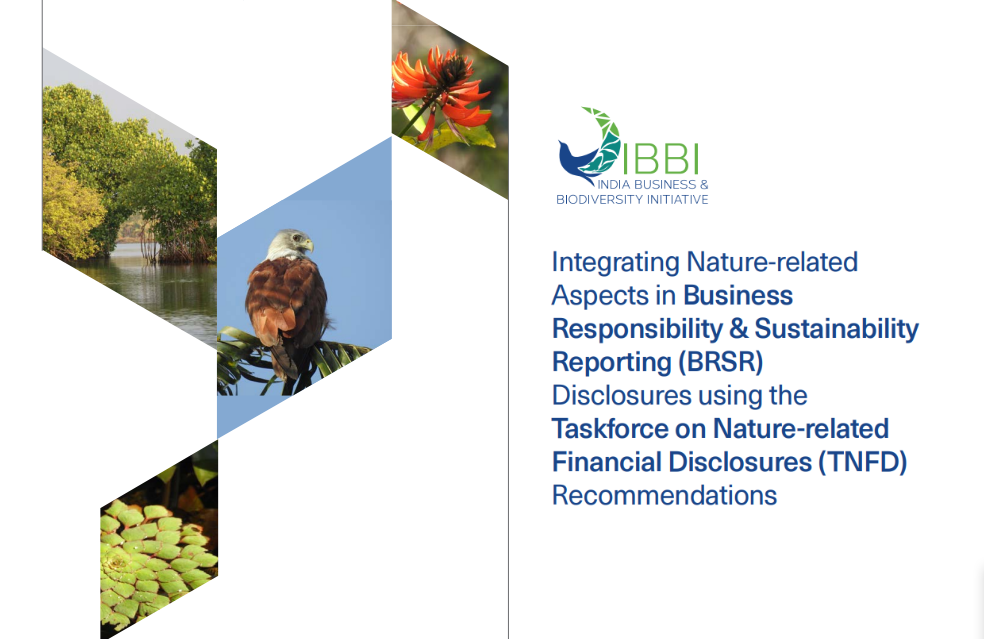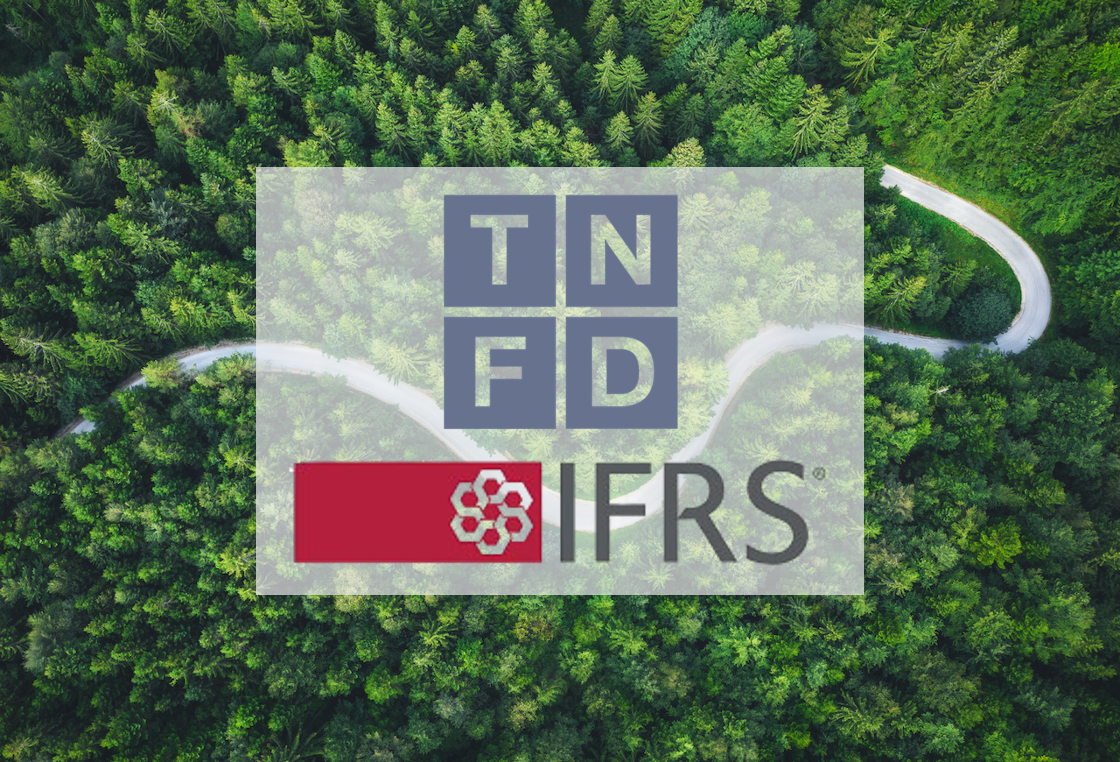TNFD–BRSR Alignment: Advancing Nature-Related Reporting in India
As nature-related risks gain global attention, aligning national reporting standards with international frameworks becomes increasingly important. India is emerging as an early example of how domestic sustainability disclosure requirements can intersect with global expectations, offering insights into scalable, interoperable ESG reporting practices.

In early September 2025, the Taskforce on Nature‑related Financial Disclosures (TNFD), together with the India Business & Biodiversity Initiative (IBBI) and the Confederation of Indian Industry (CII), published a guidance mapping the alignment between India’s regulatory Business Responsibility & Sustainability Reporting (BRSR) requirements and TNFD’s recommendations. The mapping demonstrates a high degree of consistency across disclosure expectations, particularly for the top 1,000 listed firms in India.
The underpinning report, Integrating Nature‑related Aspects in BRSR Disclosures Using TNFD Recommendations, offers a comparative analysis of frameworks, highlights overlapping indicators, and suggests ways in which Indian firms can leverage TNFD’s structure (especially its LEAP approach) to strengthen their reporting under BRSR.
This development should be viewed not simply as regulatory alignment, but as a strategic inflection point in nature‑related reporting globally.
Convergence in Governance, Strategy and Risk Disclosure
The mapping confirms that several of TNFD’s 14 recommended disclosures are reflected in BRSR, including the need to disclose ecologically sensitive locations and engage with relevant stakeholders.
In practice, this means that Indian companies adopting TNFD-aligned disclosures can effectively meet two critical objectives simultaneously: satisfy mandatory BRSR requirements and meet growing international demand for nature‑related transparency. The guidance explicitly suggests using correspondence tables to unify both sets of disclosures in a single report.
The LEAP approach (Locate, Evaluate, Assess, Prepare) is highlighted as a useful tool to support BRSR implementation, particularly in risk and materiality assessments.
Mapping, Gaps, and Room for Enhancement
Though alignment is strong, the guidance makes clear it does not override official BRSR or TNFD requirements; firms still must refer to primary standards.
The report details key areas of correspondence and divergence. Both frameworks require senior-level oversight of nature-related risks and impacts. TNFD, however, provides more detailed structure for managing nature dependencies and opportunities across the value chain, along with more prescriptive guidance on setting science-based targets and tracking performance metrics, particularly through its collaboration with the Science Based Targets Network.
However, BRSR does not prescribe a fixed materiality method. It allows firms flexibility in how they define materiality (drawing from India’s National Guidelines on Responsible Business Conduct). TNFD, in turn, positions ISSB’s financial materiality as a floor, complemented by GRI’s impact materiality perspective. This conceptual plurality means companies may need to choose or reconcile approaches, especially if they wish to bridge local and global stakeholder expectations.
Another area for further development is in the domain of priority locations. TNFD demands identification of assets or operations in ecologically sensitive zones, including upstream and downstream supply chain components, which may exceed what BRSR currently emphasises.
Implications for Emerging Markets and Reporting Practice
India’s early movement toward nature disclosure offers a template for emerging markets seeking to marry local regulatory frameworks with global standards. The alignment work suggests that adopting the TNFD framework does not necessarily impose duplicate burdens – rather, it can harmonise reporting and promote comparability.
For companies in jurisdictions still evolving their nature‑related reporting rules, the India case provides several lessons. One is that gradual integration (through mapping and cross‑referencing) can ease the burden of transition. Another is that the LEAP approach gives a structured methodology for firms to build internal capacity in nature risk assessment. The ability to embed nature within governance, strategy and risk systems is critical if disclosures are to reflect real business resilience rather than box‑ticking.
From a broader perspective, this alignment reinforces the market signal that nature is no longer peripheral to ESG. Investors and stakeholders will increasingly expect standardised, decision‑useful disclosures about nature dependencies, impacts, and resilience pathways. The convergence between BRSR and TNFD marks a step toward that reality.



